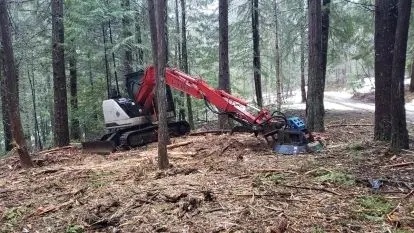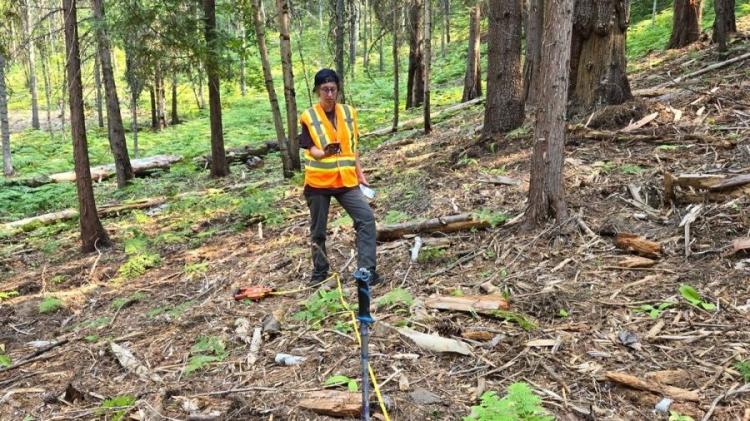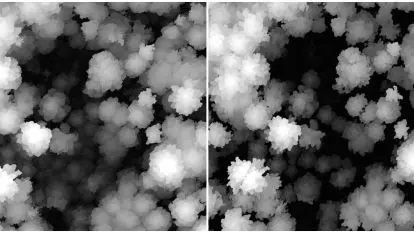Wildfire risk is an increasing concern, especially at the wildland urban interface (WUI), where forests meet communities. Glade and the Skattebo Education Forest are examples of this transition, and Selkirk College is conducting projects in Skattebo to better understand forest fuel treatments and mitigate this risk.

Agrofor used a nimble feller-buncher with a masticating head to complete the Phase 2 fuel treatment in the Skattebo Education Forest.
The Skattebo Fuel-Management project examined different techniques for fuel treatment in two phases. Phase 1 used the standard industry practice of manual cutting followed by pile and burn. Phase 2 deployed a feller-buncher equipped with a masticating head. A treatment method that mulches standing and forest floor fuels, dispersing smaller pieces of material over a wide area.

The mastication and decomposition of fuels is an alternative disposal technique that mitigates negative impacts on local air quality. Treatment can proceed without needing to wait for suitable burning and venting conditions during dry or wildfire-prone periods. The benefit of this method is, however, dependent on both the distribution of fuel loads and decomposition rate.
Ongoing and Future Objectives
The Skattebo Fuel Management Project aims to better understand the dynamics of masticated fuels and their role in forest management. One

A drone-based LiDAR-derived canopy height model reveals the reduction in understory fuel density in Skattebo Education Forest, before (left) and after (right) Phase 1 fuel treatment.
objective is to assess the decomposition rates of mulched fuels over time to determine when fuel becomes incorporated into the forest floor. Another is to create a local masticated fuel model that predicts fuel loading from measured dry weights.
Application of Research
Understanding the fuel dynamics of the mastication and decomposition treatment will be essential in determining the feasibility of wider adoption by industry. Differences in benefits between the two approaches will also be evaluated, including how they affect forest structure and function.
This research will inform decision-making processes for forest managers and wildfire agencies regarding fuel modification strategies.
Learn about the Skattebo Education Forest and the School of Environment & Geomatics.












